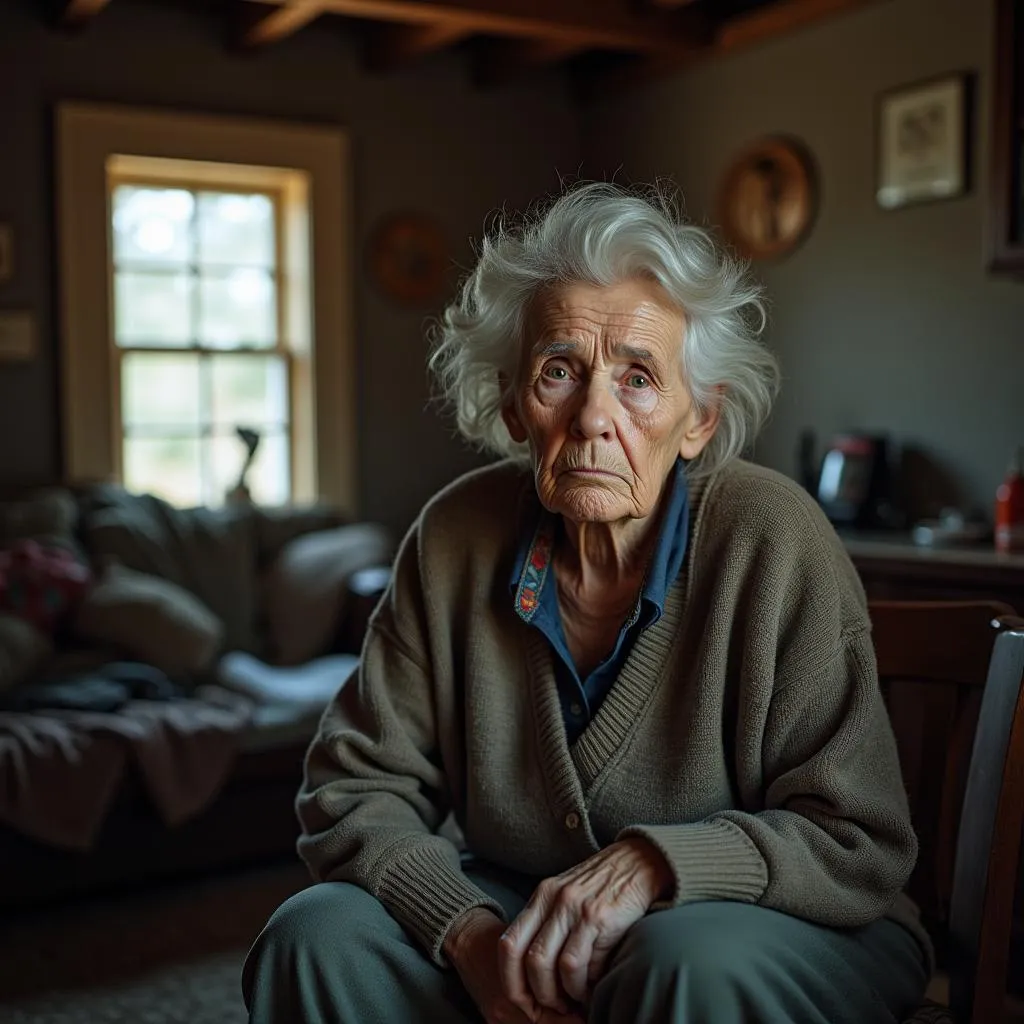Urban heat islands (UHIs) and climate change are critical topics that commonly appear in the PTE exam, especially in the Summarize Written Text (SWT) section. Understanding how these subjects interrelate is essential for exam preparation. Practicing summaries based on real-world environmental issues like UHIs will help improve both comprehension and writing skills for this section.
Practice Summarize Written Text Task on Urban Heat Islands and Climate Change
Below is a sample PTE Summarize Written Text task that highlights the topic of “Urban Heat Islands And Climate Change.”
Task Instructions:
Read the following passage carefully. You have 10 minutes to summarize the text in one sentence. Your response will be judged on the quality of your writing and on how well your response presents the key points in the passage.
Urban areas tend to have higher temperatures than their surrounding rural zones, commonly known as urban heat islands (UHIs). This phenomenon occurs due to factors like human activities, dense building infrastructure, and the prevalence of materials like asphalt and concrete, which absorb and retain heat. Recent studies have shown a direct link between UHIs and climate change. Rising urban temperatures contribute to the intensification of global warming by increasing demand for energy, especially in cooling systems, which further escalates greenhouse gas emissions. Moreover, UHIs disproportionately affect vulnerable populations, as they often lack access to air conditioning or live in poorly insulated housing. Mitigating these effects requires urban planning strategies such as increasing green spaces, utilizing reflective materials, and enhancing building designs.
Summarize the text in one sentence.
Sample Responses and Analysis
Band Score 80-90:
The phenomenon of urban heat islands, where cities generate more heat due to construction materials and human activities, exacerbates climate change by increasing energy demand and disproportionately endangers vulnerable populations, which can be mitigated by better urban planning strategies.
Content: Excellent coverage of all major points in the passage.
Form: Correct form; under one complete sentence.
Grammar: Complex sentence structure with no errors.
Vocabulary: Varied use of vocabulary such as “phenomenon,” “exacerbates,” “disproportionately,” etc.
Spelling: No errors.
 Urban heat islands increase temperature in cities
Urban heat islands increase temperature in cities
Band Score 70-79:
Urban heat islands, caused by human activities and infrastructure, contribute to climate change by increasing energy consumption and greenhouse gas emissions, which poses a threat to vulnerable populations and can be reduced through improved city planning.
Content: Good coverage, though lacking some detail about specific mitigation strategies.
Form: Fulfils the form requirement, clear and concise.
Grammar: Adequate complexity, only minor errors.
Vocabulary: Solid use of relevant vocabulary like “contribute,” “greenhouse gas emissions,” “vulnerable populations.”
Spelling: No errors.
Band Score 60-69:
Urban heat islands, which occur due to human activities and man-made structures, increase urban temperatures and contribute to climate change, affecting mostly the poor populations.
Content: Omits explicit mention of energy consumption and specific mitigation methods, lowering the overall completeness.
Form: Correct form; one sentence.
Grammar: Simple but correct sentence structure, minor punctuation issues.
Vocabulary: Limited vocabulary choice.
Spelling: No errors.
 Vulnerable populations affected by urban heat islands
Vulnerable populations affected by urban heat islands
Band Score 50-59:
Urban heat islands increase heat in cities and make climate change worse because green spaces are lacking, which harms people that are poor.
Content: Overly simplified; misses the link with energy demand and greenhouse gas emissions.
Form: One sentence but too simplistic.
Grammar: Grammatical inaccuracies and overly basic sentence structure.
Vocabulary: Very basic word choice, misses exam-level complexity.
Spelling: No errors.
Band Score 40-49:
Cities are hotter and it affects climate and poor people more.
Content: Does not fully capture key information from the passage.
Form: The sentence lacks clarity and complexity.
Grammar: Grammar is insufficient for higher scores.
Vocabulary: Very limited and inappropriate for formal writing.
Spelling: No errors.
Vocabulary and Grammar Focus
Here are 10 advanced vocabulary words found in the passage, along with their meanings and examples of how they can be used:
-
Phenomenon /fəˈnɒmɪnən/ (n.): a fact or event that can be observed.
- Climate change is a complex phenomenon affecting ecosystems worldwide.
-
Intensification /ɪnˌtɛnsɪfɪˈkeɪʃən/ (n.): the process of becoming stronger or more extreme.
- The intensification of global warming poses serious risks for coastal cities.
-
Disproportionately /ˌdɪsprəˈpɔːʃənətli/ (adv.): to an extent that is too large or too small.
- Low-income communities are disproportionately affected by environmental hazards.
-
Mitigate /ˈmɪtɪˌɡeɪt/ (v.): to make something less harmful or severe.
- Increasing green spaces in urban areas can help mitigate the effects of UHIs.
 Increase green spaces to mitigate UHI effects
Increase green spaces to mitigate UHI effects
-
Infrastructure /ˈɪnfrəˌstrʌktʃə/ (n.): the basic physical systems of a city.
- Public investment in infrastructure is crucial for sustainable urban growth.
-
Escalates /ˈeskəleɪts/ (v.): to increase or intensify rapidly.
- The demand for air conditioning has escalated due to rising temperatures.
-
Exacerbate /ɪɡˈzæsəbeɪt/ (v.): to make a bad situation worse.
- Urban sprawl tends to exacerbate the problem of heat islands.
-
Cooling systems /ˈkuːlɪŋ sɪstəmz/ (n.): devices or structures that regulate temperature.
- Cooling systems account for a significant portion of electricity use in cities.
-
Reflective materials /rɪˈflɛktɪv məˈtɪəriəlz/ (n.): substances that reflect light to reduce heat absorption.
- Using reflective materials on buildings can help combat urban heat islands.
-
Emission /ɪˈmɪʃən/ (n.): the act of releasing something, often gas or radiation.
- Reducing carbon emissions is a key goal in the fight against climate change.
Conclusion
The topic of Urban Heat Islands and Climate Change holds significant relevance for the PTE Summarize Written Text section, as it presents both an environmental and social challenge. This article provided a framework to practice your summarization, which is crucial to achieving a high score in the PTE exam. Don’t forget to comment below with your sample answers for additional feedback, and keep practicing to refine your skills!